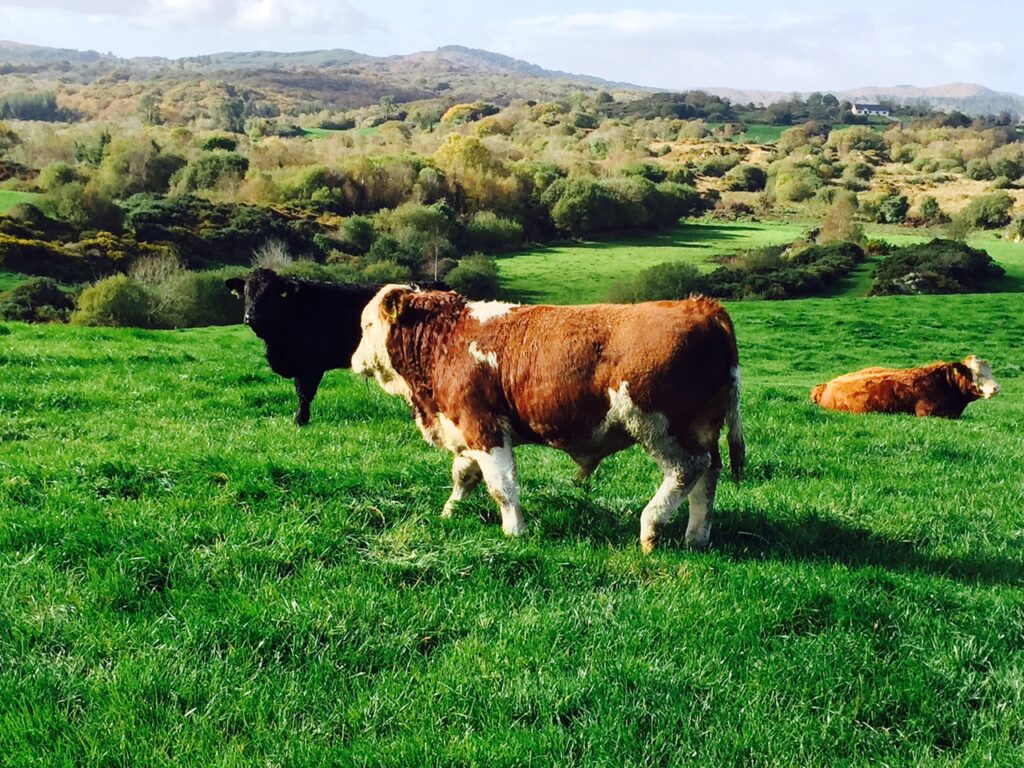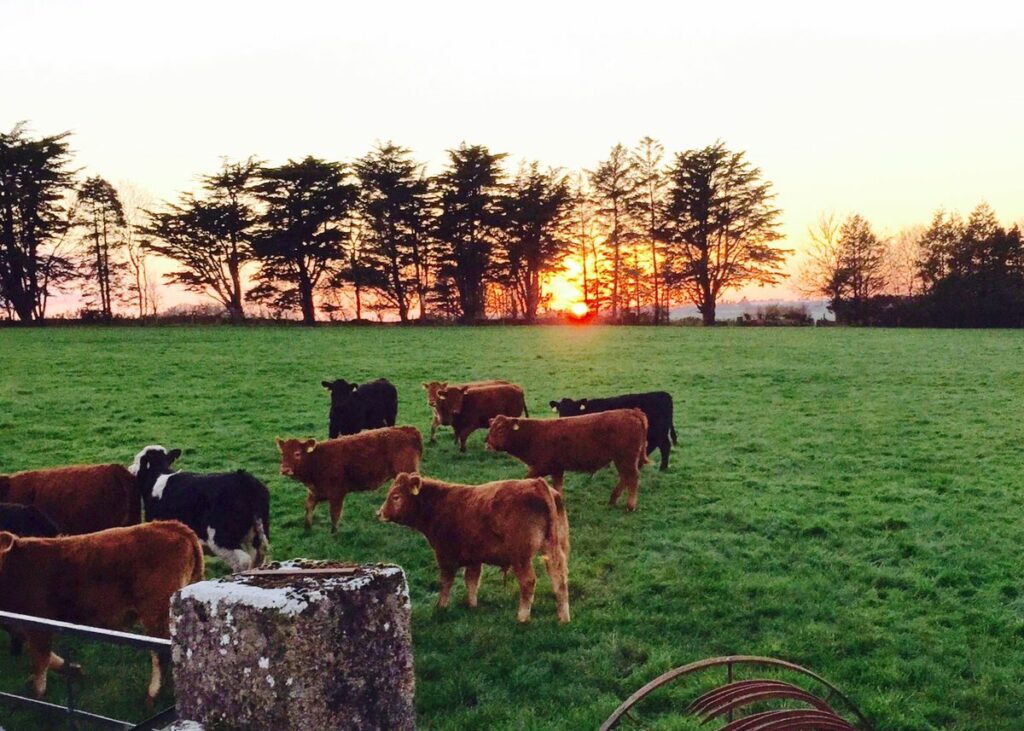With cattle having been already turned out on farms in recent weeks and further plans to get cattle back out grazing once ground conditions become favourable – farmers need to keep the health of their stock in mind this spring.
When it comes to parasitic worms in younger stock, cattle can become infected while on pasture and further on as the grazing season progresses.
Dr. Natascha Meunier, Beef HealthCheck Programme Manager with Animal Health Ireland (AHI), has highlighted how farmers should control stomach and gutworms this season – while also taking a look at tackling lungworm.
Stomach and gutworms
One effective control measure is an awareness of which pastures on the farm are likely to have a high burden of parasite eggs or larvae and how this risk changes over the grazing season.
Natascha mentions how this parasite burden increases over the summer months and that high-risk pastures (such as those that were grazed by young stock within the previous year) should be avoided when grazing young stock.
For farmers wondering what are ‘lower risk’ pastures – these will include new or reseeded pastures, those not grazed by cattle or only grazed by adult cattle in the previous year and those co-grazed by sheep and cattle.
Based on the levels of immunity built up, cattle have a differing susceptibility to worms.
First season grazers
For first season grazers, these younger animals will have no immunity to parasites and are at risk of worm infestations. Natascha highlights how dairy-beef calves and autumn-born suckler calves are at high risk soon after turnout (ideally onto a pasture with a low worm burden) and should be closely monitored.
When monitoring for parasitic worm infestations, keep an eye on the calf’s growth rate (given that the correct nutrition is also being provided).
Calf growth rate and body condition should be regularly checked, and faecal samples taken from 10-15 calves to test the number of worm eggs 6-8 weeks after turnout. Based off these worm count results and ideally consultation with your vet, anthelmintics may be used to rectify the issue.
Following the administration, the management of the animal’s grazing patterns will also determine its effectiveness.
When it comes to spring-born beef suckler calves, Natascha stated they are initially at low risk of gutworm infections as they have a low grass intake while still suckling. These animals are at a much higher risk at weanling time.
For second season grazers, these animals are at medium risk. They are not yet fully immune to gut worms and can experience poor performance or disease.
Adult cattle are at a lower risk of showing any clinical signs of gut worm infections and suckler cows usually do not require treatment for gut worms.
Lungworm
Moving onto cases of lungworm infection or hoose – this nasty parasite can cause coughing, difficulty breathing and sudden death in cattle.
On this topic, Natascha mentions how those affected can also go on to develop bacterial and viral pneumonia, with a reduction in animal performance. Outbreaks can be unpredictable, although the highest risk is in late summer to autumn.
However, calves that are turned out onto pastures that were grazed by young animals the previous year, are at higher risk of infection.
Immunity to lungworm infection can develop in cattle – but Natascha states that this is short-lived (six months) and without further exposure they can lose their immunity.
Severe coughing or milk drop (reinfection syndrome) can occur in cattle with partial immunity to lungworm and that have been grazing pastures that were previously grazed by calves, according to Natascha.


